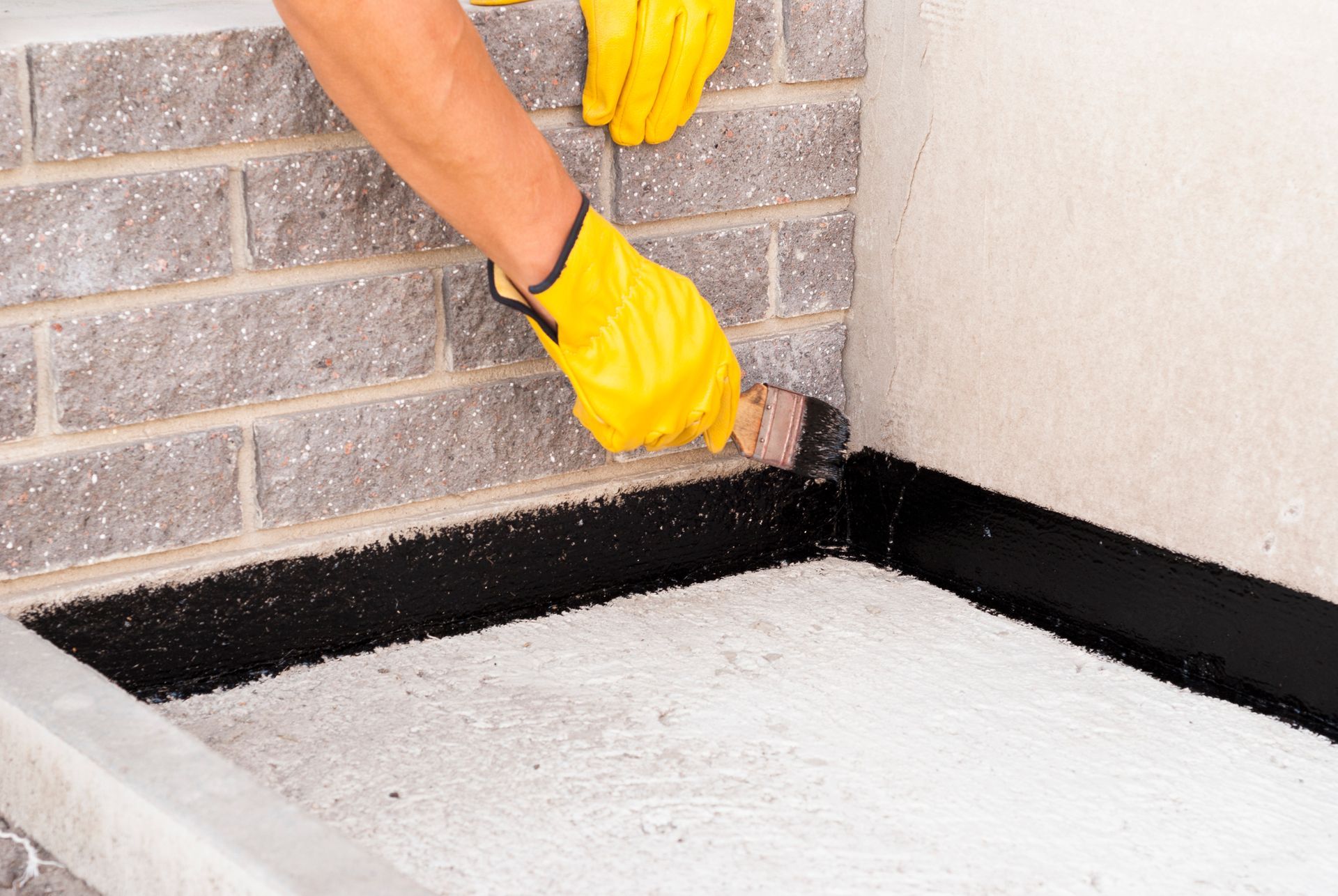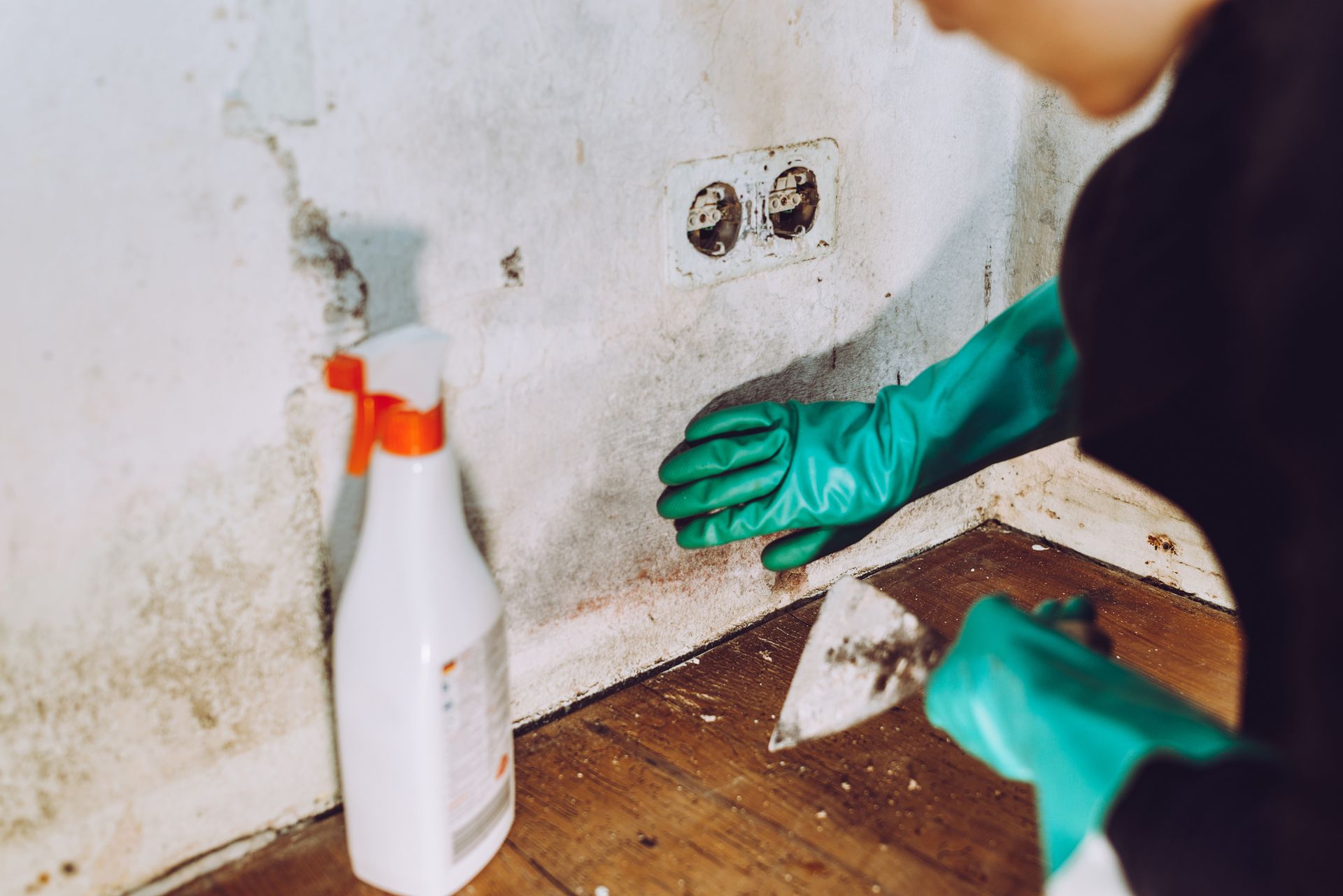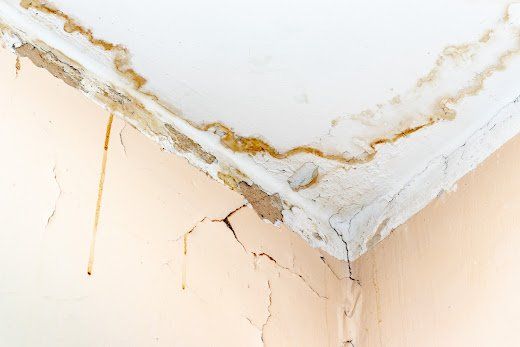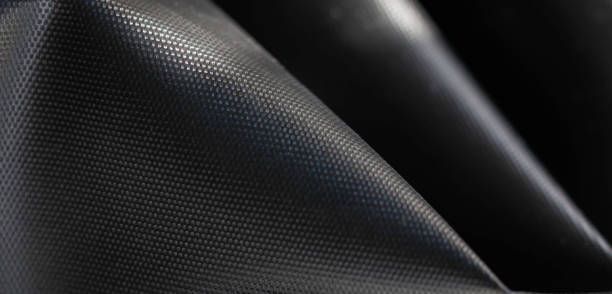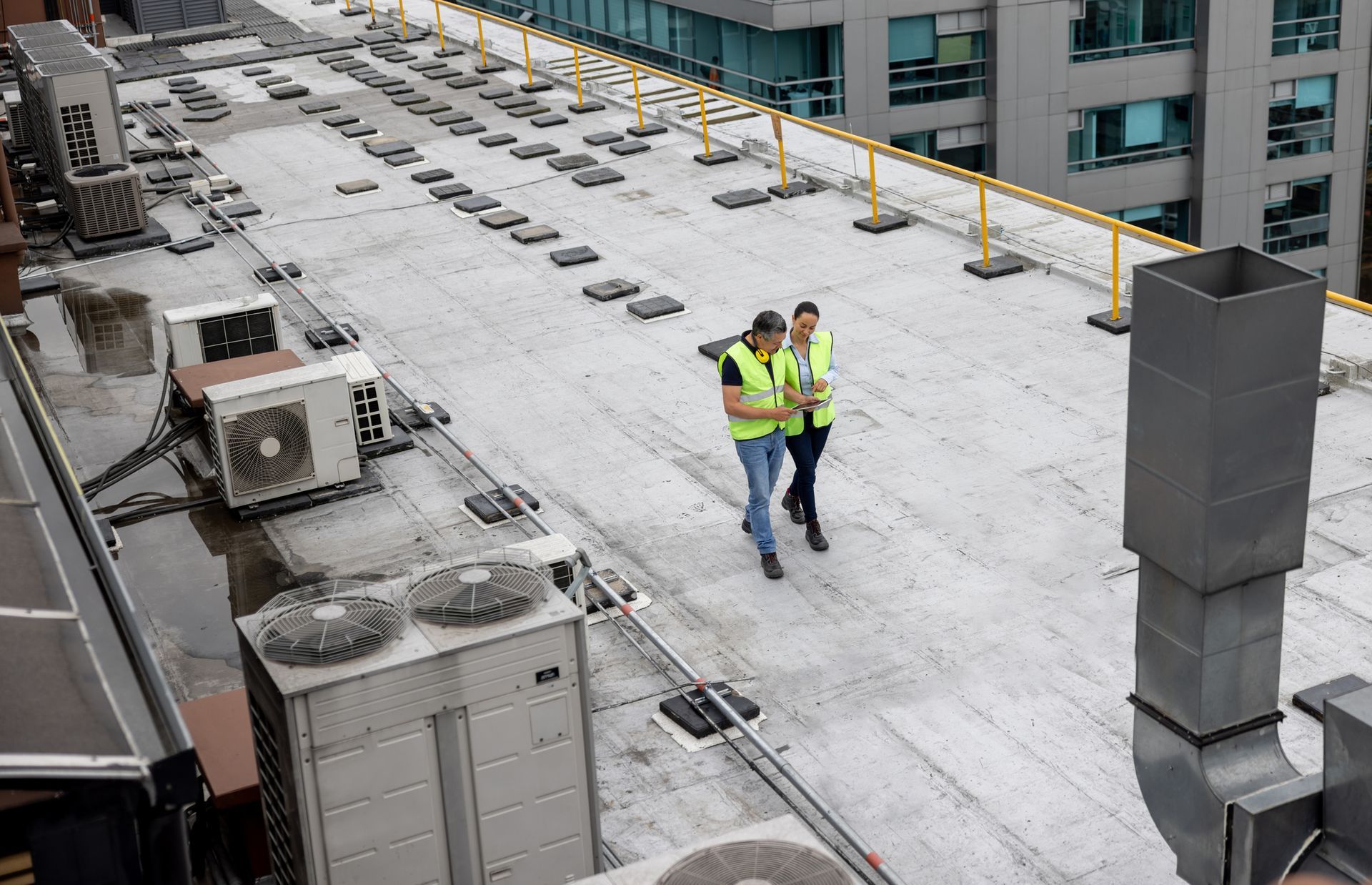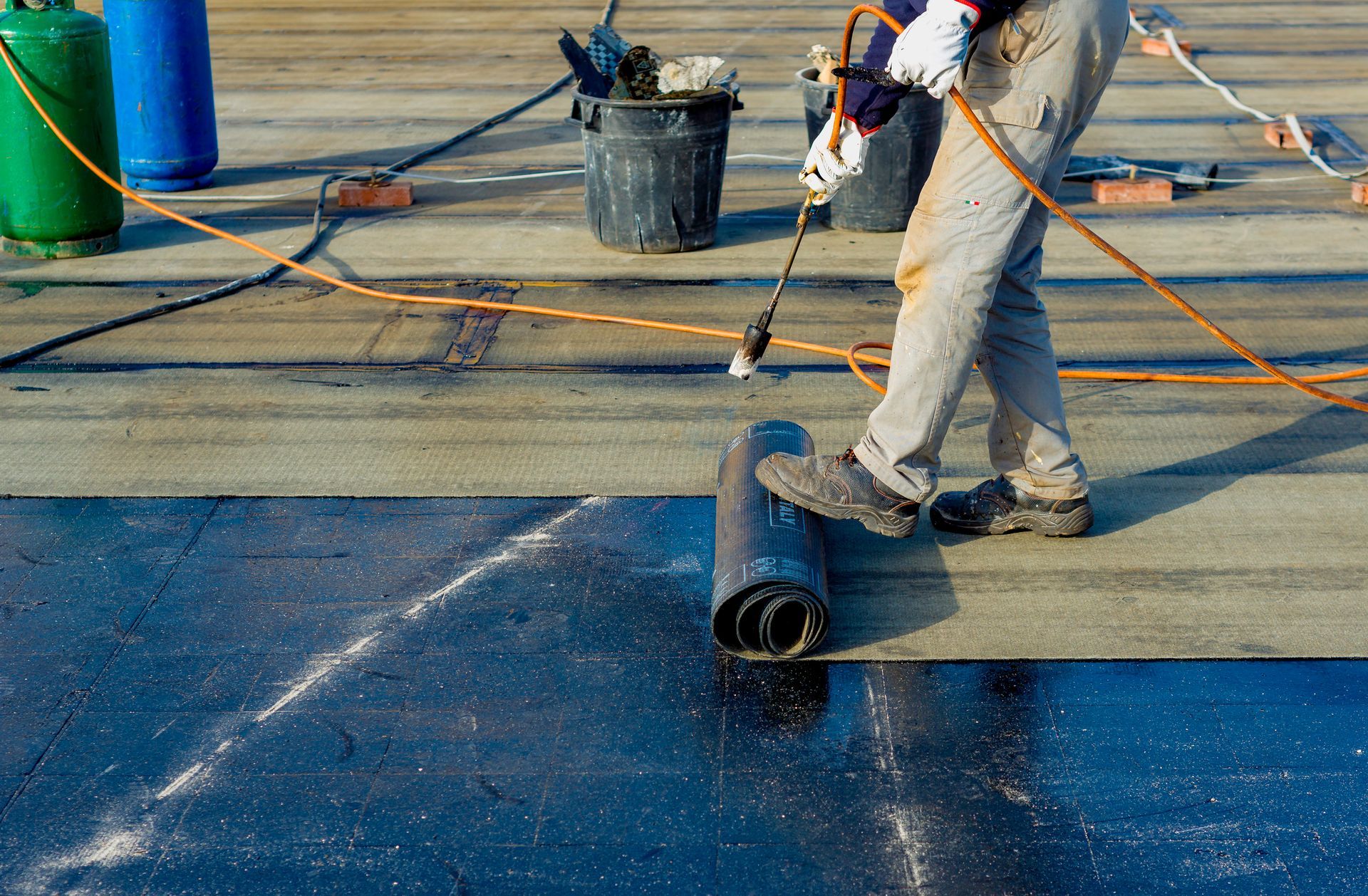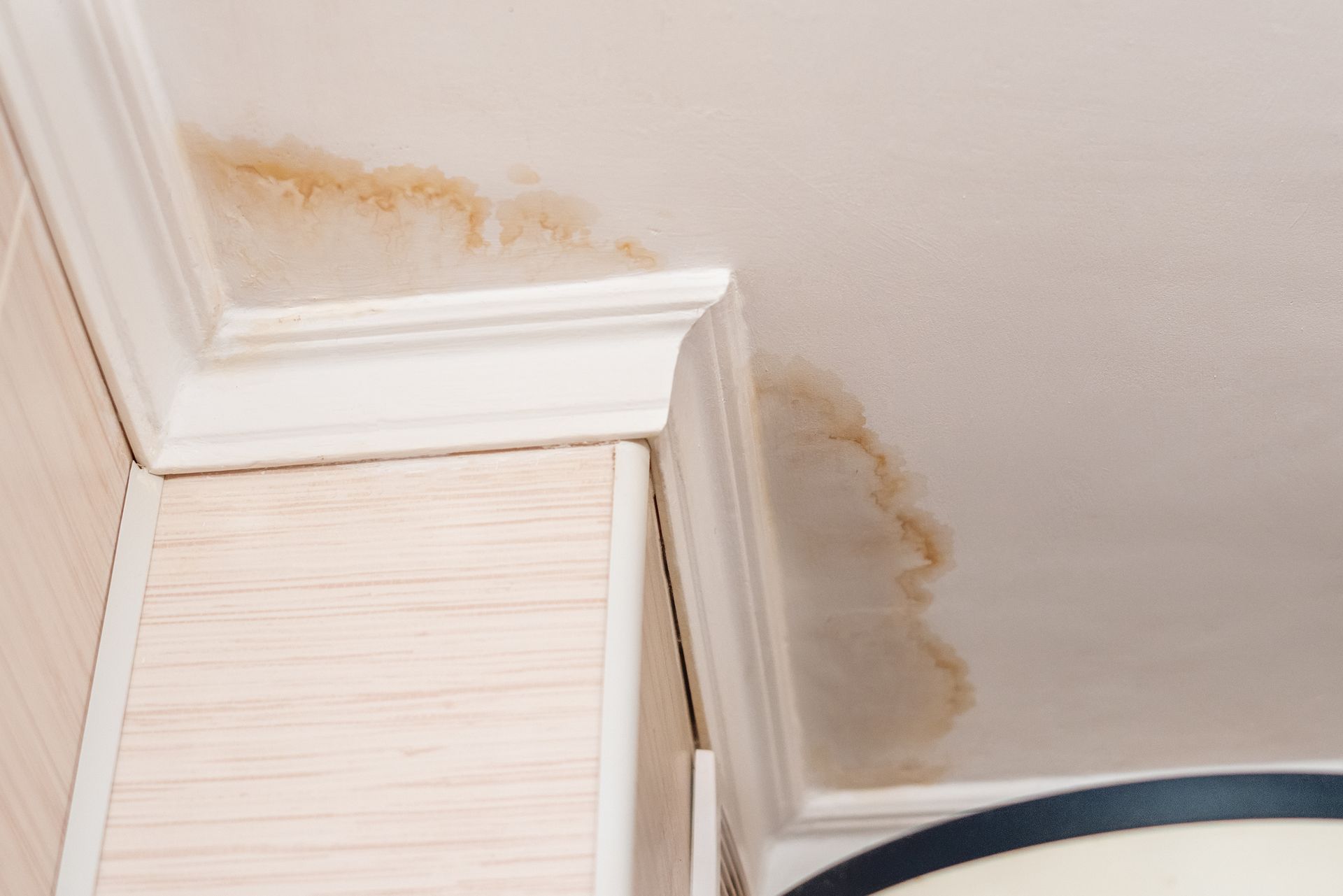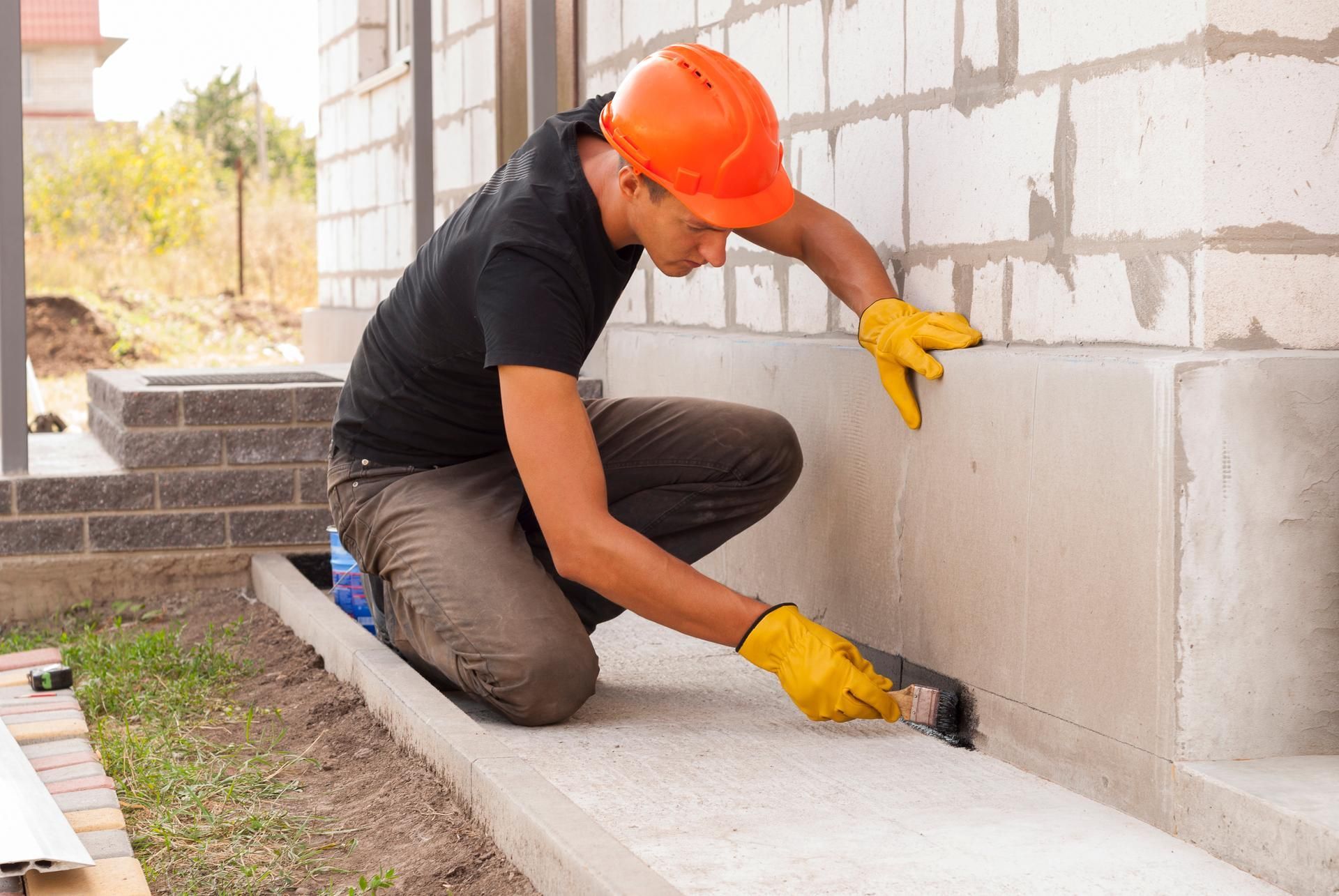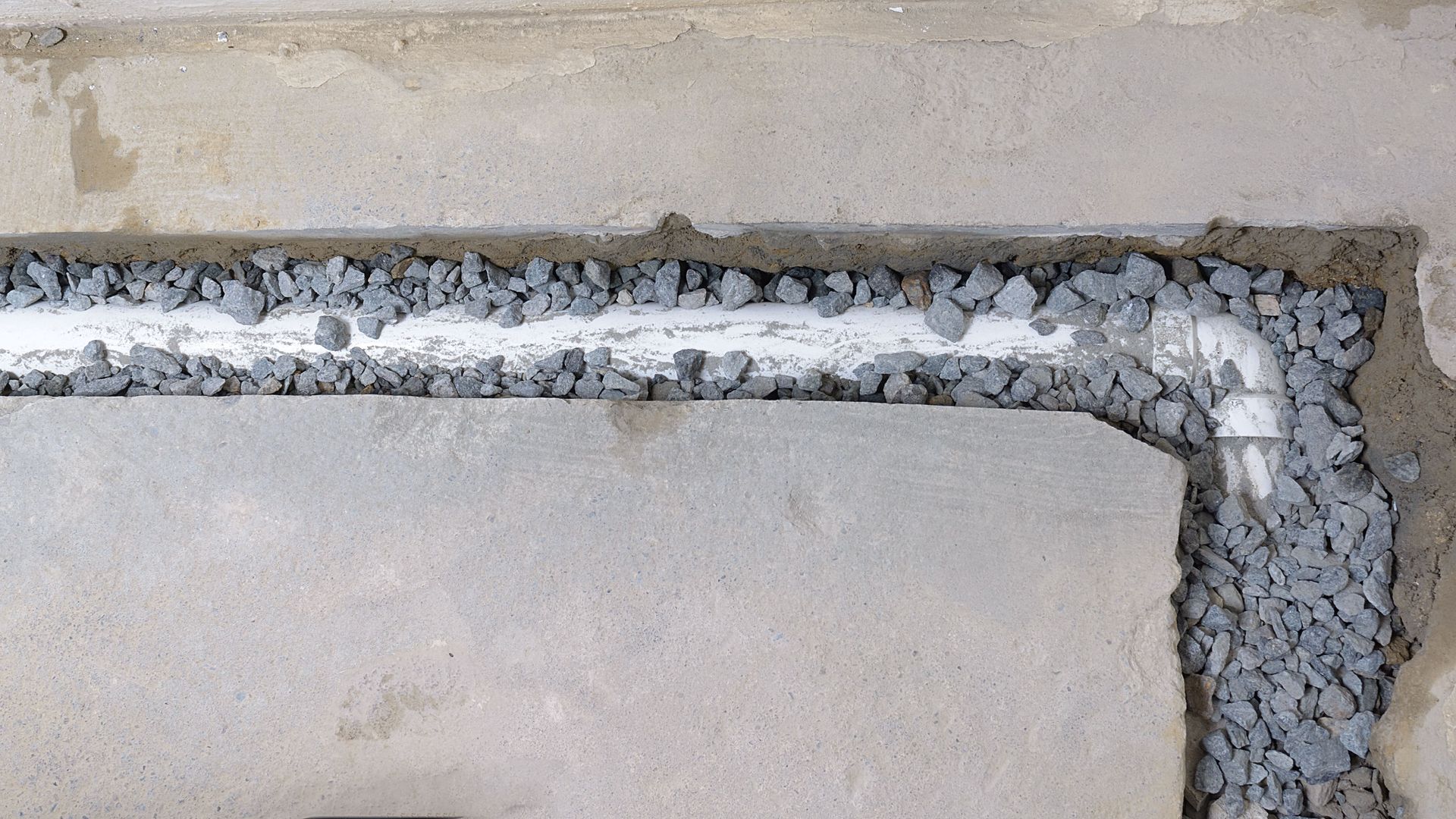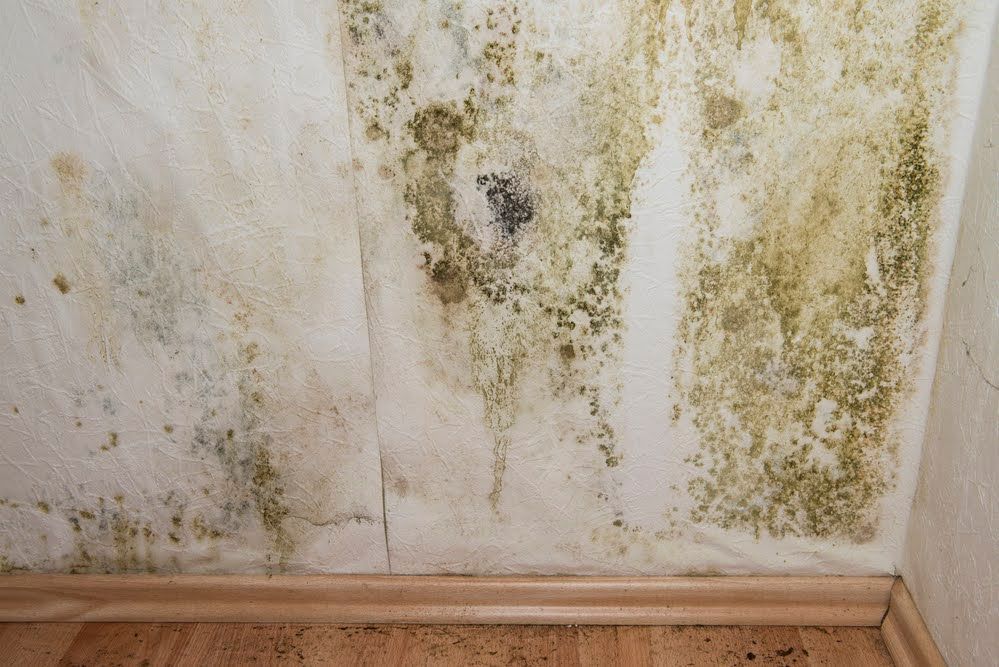Why You Should Waterproof Your Crawl Space and How It's Done
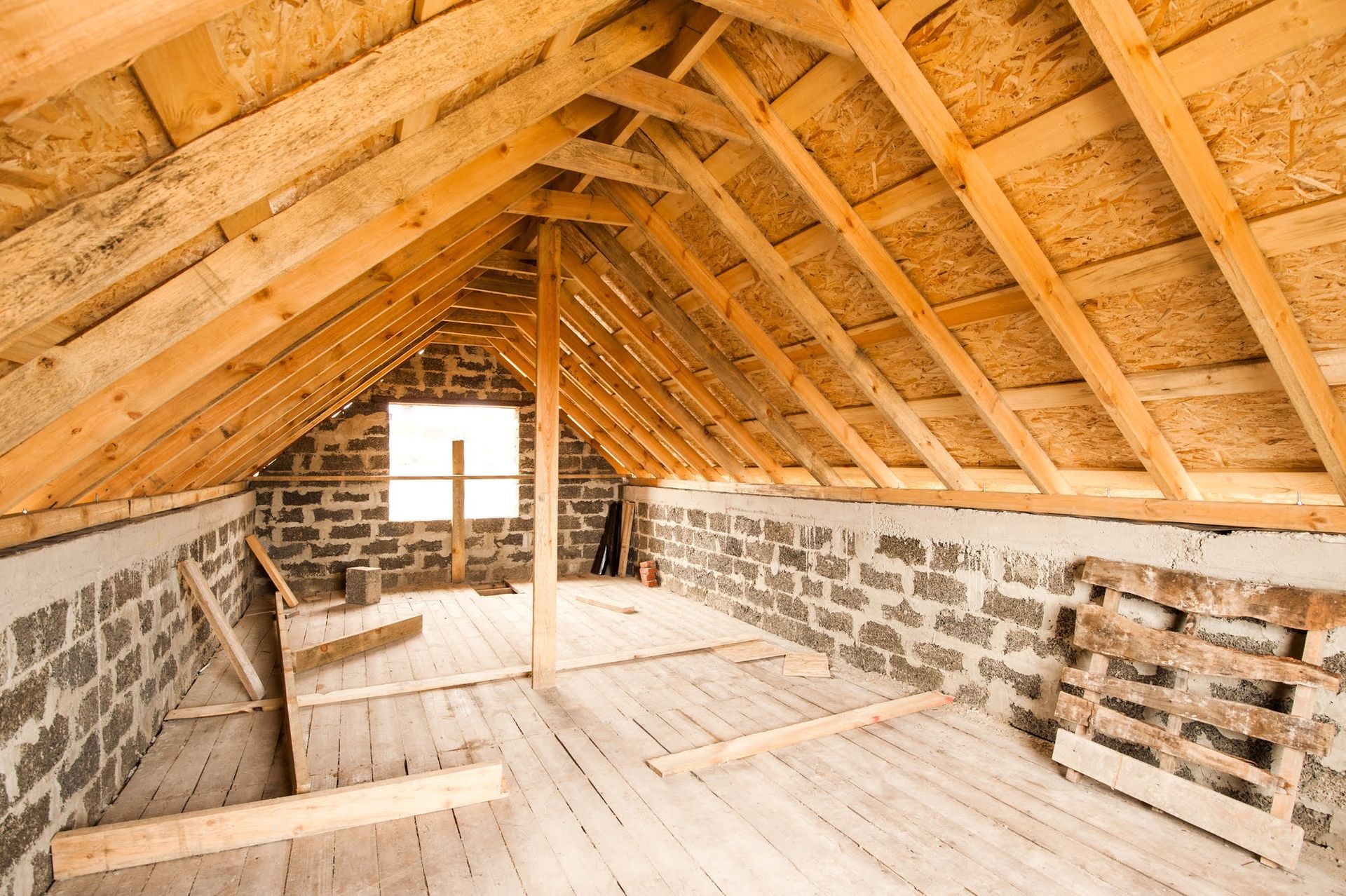
If you have a crawl space, it's a good idea to keep a watch on it to make sure it stays dry. A wet crawl space leads to various problems with your home, including rotting of building materials due to excess moisture. Since the space is out of sight, it's easy to forget about. However, the condition of the crawl space affects your living space, so the crawl space needs to be dry.
If you're having problems with water or dampness in your crawl space, consider having it encapsulated. Here's how encapsulation helps and how this waterproofing technique is done.
Encapsulation Is Beneficial for Your Home
A wet crawl space is often musty, moldy, and crawling with insects. The problem is these issues don't stay in the crawl space. Mold can spread to your living area above. Your home may have foul odors you can't get rid of, and moisture-loving insects and rats might infest the crawl space and move to your living area.
These problems harm your home and are potential health hazards for your family. Crawl space encapsulation is a form of waterproofing that keeps the air in your crawl space dry so your home is free from excess humidity, mold, bugs, and musty odors.
Encapsulation Creates a Watertight Barrier
Your waterproofing contractor examines the crawl space to determine exactly what needs to be done to keep the area dry. Different approaches are available that address specific concerns. One problem with a crawl space is the floor is often plain dirt. Water vapor wafts out of the dirt and keeps the space humid. Covering the floor with a waterproof barrier is an important aspect of waterproofing the area.
The contractor might put down thick plastic sheets that block water vapor and other water that enters when it rains. The sheets are often placed on the walls too. This makes the lower part of the crawl space watertight by encapsulating it with plastic sheets.
In some cases, the contractor might put a thin layer of concrete over the floor too, but plastic sheeting is often all that's needed. As a benefit, the plastic sheets can also help block radon and bugs that come up through the soil.
Insulation May Be Needed
If your crawl space has been wet or infested with rats, the old fiberglass insulation may be ruined. The contractor can remove all the old insulation and replace it with new fiberglass or foam board insulation.
Spray foam is another good choice for waterproofing a crawl space. It costs more than fiberglass insulation, but the spray foam is able to insulate as well as block water, so it's an option to consider if your contractor thinks it's suitable.
Drainage May Be Necessary
If your crawl space floods when it rains, the contractor may need to improve drainage. This might involve grading the soil beside your home or in the crawl space. A drainage system and sump pump may need to be installed too, so water that gets inside the space is pumped out.
Dehumidification Is Often Added
Part of the reason a crawl space is so humid is it's vented to the outside. Once the space is encapsulated, it's no longer vented to the outside, but it still needs some sort of ventilation. This might be done with your existing HVAC system when possible. This keeps the temperature steady and controls humidity so condensation doesn't form.
The contractor might suggest installing a dehumidifier instead. You can buy a dehumidifier that drains itself so you don't have to empty the condensation all of the time. If you're having problems with a wet crawl space, contact Central Penn Waterproofing. We'll assess the situation and determine how to get your crawl space dry and keep it that way.


